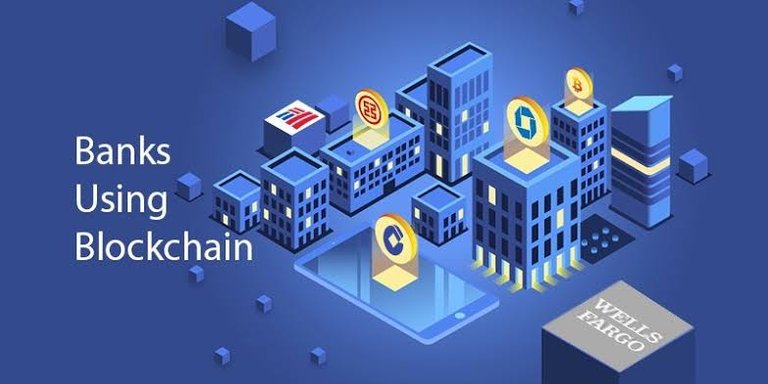Blockchain and Remittances
Blockchain and Remittances: Sending Money Without Losing So Much;
How decentralized technology is rewriting the rules for cross-border transfers, especially for families who depend on every dollar.
Every year, billions of dollars flow across borders, not through mega-corporations or hedge funds, but through people. Parents sending money to children. Workers abroad supporting loved ones back home. In Africa alone, remittances reached over $50 billion in 2023, a lifeline for millions.
But here’s the painful part:
Too much of that money gets eaten up by fees.
The Traditional Remittance Problem
Let’s say you live in the U.S. and want to send $200 to your family in Ghana, Kenya, or Nigeria. Through traditional channels like banks or money transfer companies, this happens:
You lose $10–$20 in transfer fees.
They lose more in currency conversion.
The money might take 2–5 days to arrive.
There’s sometimes a bank requirement to pick it up.
And in worst cases? Delays, hold-ups, or even reversals.
Multiply that by months and years, and it becomes clear:
The system isn’t built for those who can’t afford to lose.
Enter Blockchain: Borderless, Fast, and Transparent
With blockchain and crypto tools, things change radically:
Instant Transfers: Send money in seconds, no middlemen.
Minimal Fees: Often just pennies on the dollar.
No Banks Needed: Funds go wallet-to-wallet.
Stablecoin Advantage: Convert your dollar to USDT or USDC and protect against inflation.
For example:
Sending $200 in USDC on Polygon or Stellar costs far less than using Western Union, and it arrives in minutes.
So Why Isn’t Everyone Using It Yet?
Three main reasons:
Awareness Gap
Most senders and receivers don’t know how it works, or don’t trust it yet.On/Off-Ramp Limitations
You can send crypto, but how do you cash it out locally? If there’s no easy access point, it’s just digital money stuck in a wallet.Regulatory Confusion
Some countries are still unclear or restrictive about crypto, leading to hesitation.
The Middle Ground: Hybrid Models Are Emerging
Some fintech startups are bridging traditional remittance with blockchain speed. Think:
Send via fiat, settled in crypto behind the scenes, received as fiat.
Or offer the option to keep it in stablecoins for savings, then cash out when rates are favorable.
Companies like Chipper Cash, Yellow Card, and Leapfrog-backed firms are exploring exactly this across Africa.
The Human Impact Is Real
Imagine a student in Kampala receiving tuition from an aunt in London in real-time, without paying $15 in fees.
Or a family in Lagos buying food on a tight budget without having to wait days for funds to clear.
It’s not just about money. It’s about dignity, speed, and control.
Closing Thought
Blockchain isn’t just a tool for crypto bros or tech geeks, it’s a game-changer for everyday people trying to make every dollar count.
When used thoughtfully, it puts more power into the hands of those who’ve always paid too much for too little.
Posted Using INLEO
